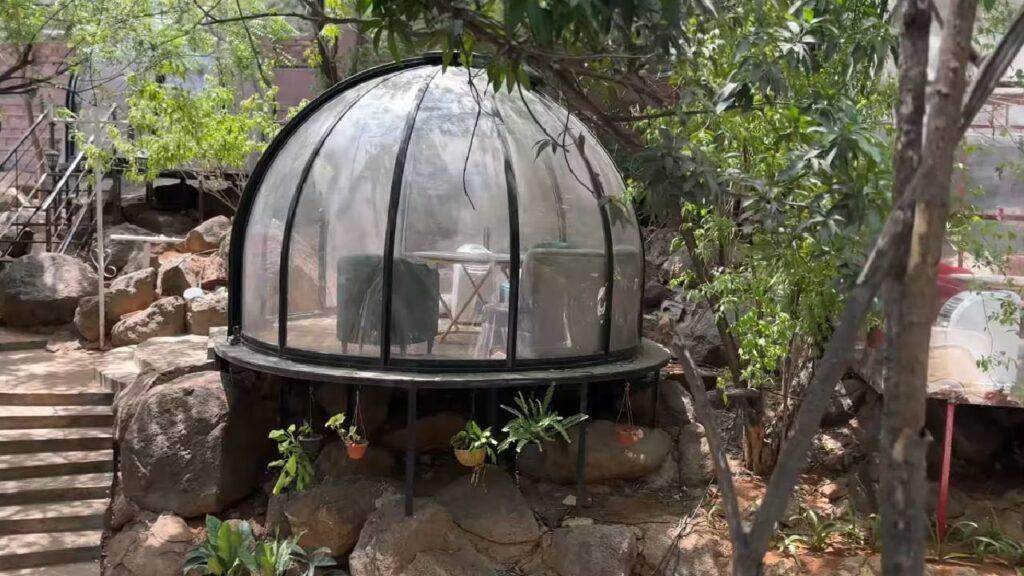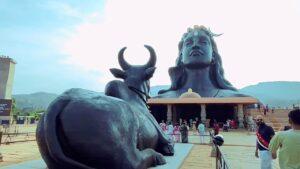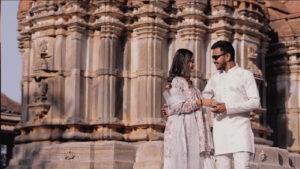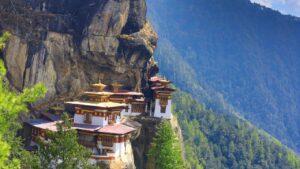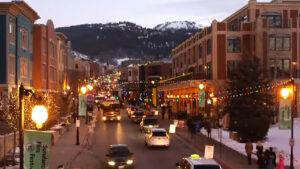Hyderabad, the City of Pearls, is not just known for its rich history and delectable biryani but also for offering some of the best venues for hosting unforgettable birthday celebrations. Planning a surprise for a loved one, organizing a party for friends, or looking for private places to celebrate with your partner, Hyderabad has it all. Let’s explore the finest options for birthday celebration places in Hyderabad, categorized to suit every occasion and need.
1. Restaurants to Celebrate Birthday in Hyderabad
Restaurants are always a popular choice for birthday parties due to their cozy ambiance, delicious food, and hassle-free arrangements. Hyderabad is home to numerous restaurants that cater to birthday celebrations.
- Olive Bistro: Known for its serene lakeside view and Mediterranean menu, this is a top pick for intimate birthday parties.
- Fusion 9: Great place with a lively atmosphere, perfect for hosting birthday dinners with friends or family.
- The Fisherman’s Wharf: For those who love Goan vibes, this spot offers a vibrant setup ideal for celebrations.
- Absolute Barbecues: If you’re a foodie, this restaurant is an excellent choice for hosting a birthday party with live grill counters.
2. Private Places to Celebrate Birthday in Hyderabad
Sometimes, you need a private space to make your birthday celebration more personal and exclusive. Some venues offering privacy and comfort:
You May Read
- Gachibowli Villas: Rent a villa in the Gachibowli area to enjoy a private birthday celebration with close friends and family.
- Airbnb Apartments: Choose from various luxurious apartments and penthouses in Hyderabad for a private and cozy gathering.
- Halls at Taj Krishna: For an upscale experience, book a private room at this luxury hotel for a memorable birthday event.
3. Birthday Celebration Places in Hyderabad for Lovers
Celebrating a special day with your partner calls for romantic and serene spots. Some of the best birthday celebration places in Hyderabad for couples:
- Falaknuma Palace: Experience royal treatment with your partner at this historic palace offering a dreamy dining experience.
- Durgam Cheruvu Lakefront: Celebrate amidst the tranquility of this picturesque lake with outdoor cafes and activities.
- Le Vantage Café Bar: Café’s romantic ambiance is perfect for a quiet birthday celebration.
4. Best Birthday Celebration Spots for Friends
When celebrating with friends, fun and excitement are key. Hyderabad boasts several places that are perfect for lively group gatherings:
- Snow World: Have a cool celebration with your friends in this unique indoor snow park.
- Trampoline Parks: Head to Sky Zone or GravityZip to enjoy a fun-filled birthday jumping on trampolines.
- Ramoji Film City: Book a spot at Ramoji Film City for a full-day adventure with your gang.
5. Birthday Party Rooms in Hyderabad
Dedicated party rooms make planning easier as they provide the required setup, catering options, and a great ambiance:
- Jubilee Hills Party Rooms: Variety of party rooms in this area are ideal for hosting small and large gatherings.
- Banquet Halls at ITC Kakatiya: These halls come with all the amenities you need for a smooth celebration.
- The Westin Hyderabad Mindspace: Private party rooms are perfect for hosting elegant birthday parties.
6. Surprise Birthday Party Places in Hyderabad
Planning a surprise birthday party? These venues are perfect for making your loved one feel extra special:
- Necklace Road: Arrange a surprise dinner at one of the waterfront restaurants along Necklace Road for a unique experience.
- Escape Room Games: Organize a surprise adventure at an escape room venue for an exciting and interactive celebration.
- Hidden Castle: Themed resort offering medieval vibes, perfect for a surprise birthday getaway.
7. Good Places to Celebrate Birthday in Hyderabad
If you’re looking for reliable and popular places to celebrate, here are some great choices:
- Wonderla: Day at this amusement park is guaranteed to be a thrilling birthday experience.
- Shilparamam: Cultural village offers a mix of traditional art and open spaces for a unique birthday celebration.
- Cafe Graffiti: Trendy café with vibrant interiors, ideal for a casual yet memorable birthday gathering.
8. Places to Celebrate Birthday in Hyderabad with Friends
Planning a fun-filled birthday celebration with friends? Check out these happening spots:
- Bowling Alleys: Head to SVM Bowling or BluO for a game-packed party.
- Beer House at Hitech City: Enjoy drinks and live music with your gang.
- Hussain Sagar Boating: Rent a private boat for an unforgettable birthday cruise on the lake.
9. Private Birthday Party Places in Hyderabad
Private birthday parties require venues that ensure exclusivity while offering all necessary amenities:
- Farmhouses on the Outskirts: Rent a farmhouse in areas like Shamshabad or Secunderabad for a peaceful and private celebration.
- Event Spaces at Novotel: With private rooms and banquet halls, this venue caters to intimate birthday parties.
10. Best Birthday Celebration Places in Hyderabad for Kids
Kids’ birthdays are all about fun, games, and lots of excitement. Here are some child-friendly venues:
- Kidzania: An indoor theme park offering fun activities for kids.
- Playgrounds at Inorbit Mall: Many malls in Hyderabad have dedicated play areas where you can host birthday parties.
- Zoos and Parks: Nehru Zoological Park and Lumbini Park are great outdoor spots for children’s birthday parties.
11. Affordable Birthday Celebration Places in Hyderabad
For budget-friendly birthday celebrations, these venues offer excellent value for money:
- Local Cafés: Spots like Chit Chat Chai and The Coffee Cup are great for a simple and cost-effective celebration.
- Community Halls: Many neighborhoods have community centers that you can rent for an affordable birthday gathering.
- Public Parks: Host an outdoor birthday picnic at places like KBR National Park.
12. Restaurants to Celebrate Birthday in Hyderabad with Friends and Family
Enjoy a delicious meal while celebrating your special day at these top restaurants:
- Barbecue Nation: Known for its lively atmosphere and delicious buffets.
- Little Italy: Fantastic choice for those who love authentic Italian cuisine.
- Paradise Restaurant: Celebrate with some iconic Hyderabadi biryani and kebabs.
Hyderabad offers a wide range of birthday celebration spots catering to different tastes, budgets, and party styles. Planning a lavish event, a romantic dinner, or a fun outing with friends, the city has something special for everyone. Choose from these trusted venues to create lasting memories on your special day.
From private places to celebrate a birthday in Hyderabad to surprise party locations, this guide covers it all. Start planning your next birthday celebration and make it an event to remember!
